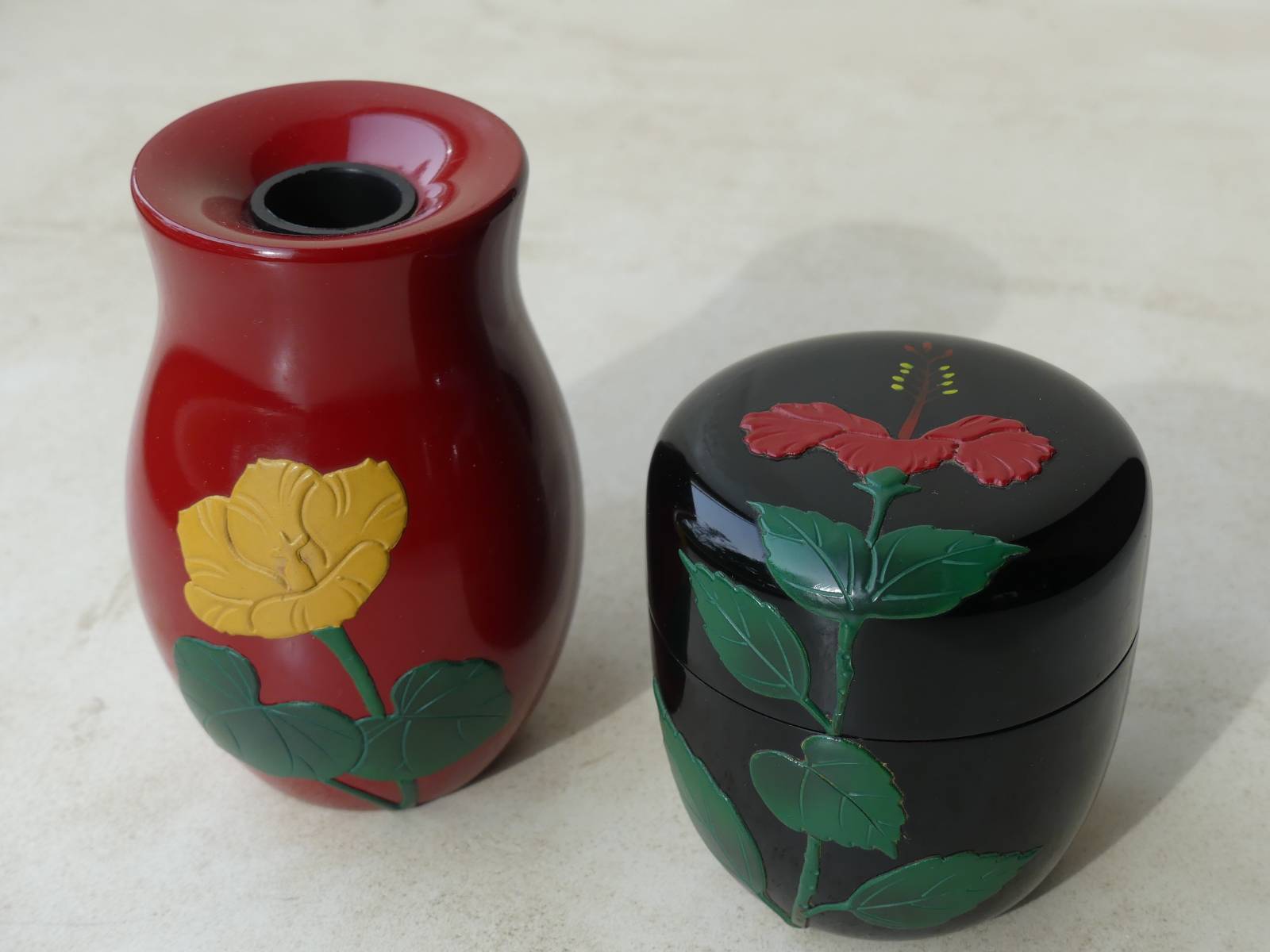Ryukyu Kingdom
by Kenta Takeshige
The Okinawa Islands, located at the southernmost tip of Japan, share a history of 500 years of the Ryukyu dynasty. They have formed a distinctive lacquer art culture through the combination of steering the balance with the national powers of China and Japan on one hand and actively incorporating different cultures and technologies by trade with other Asian countries on the other. In Ryukyu, the royal government organization set up the Kaizuri Magistrate's Office to provide production quality control for lacquerware.
Ryukyu lacquer techniques
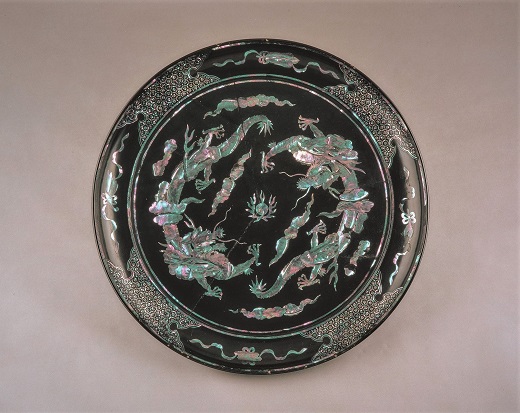
Ryukyu lacquer art specializes in the Mother-of-Pearl technique called "Somata". Only the beautiful part of the natural color of the shell pieces are used, and the entire pattern is expressed with shell scraped thin. Gold leaf and color are applied at the back of the thin shell to develop colors other than natural colors. In the days Somata was actively produced, gold and silver metal sheet was used together with shell pieces. Somata was also exported to China and Korea, and influenced Ming, Qing, and Joseon's Mother-of-Pearl technique. The Ryukyu Raden technique was long lost in the darkness of history, but in recent years this lost technique has once again been made known to the world.
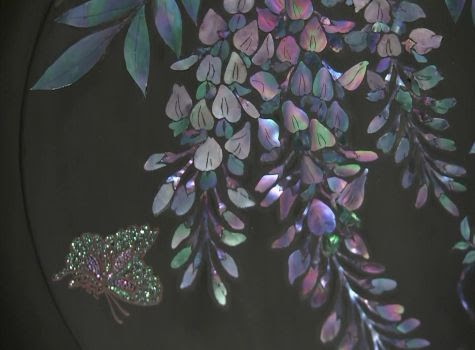
Another characteristic technique of Ryukyu lacquer art is called "Tsuikin". Mix lacquer and pigment, and knead it thinly like pizza dough. Cut out the pattern from this dough and fix it on the lacquer surface.
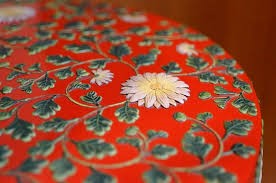
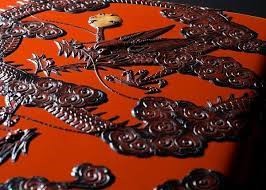
From The History of Kakuman Lacquerware 角萬漆器
Before the war, Wakasa Town was Okinawa's only "nuimunmachi" (lacquerware town). According to Mr. Kadena, founder of Kakuman Lacquerware and fourth-generation owner of Kadena Lacquerware:
‘All over town, on top of the stone walls, Kucha (Okinawa mudstone) used as Shitaji-base, was drying on tile trays, and roughly cut Erythrina variegata デイゴの木 waited under the eaves for its turn. From inside the houses, the sound of wood turning could be heard, and the distinctive smell of lacquer wafted through the air.’
